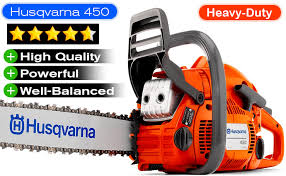Which Miter Saw – Why Choose?
One of the things I enjoy about being a professional carpenter is that it gives me the luxury of being to able to indulge my fascination with power tools. Nowhere is this more exemplified than in the way that I choose to deal with the different modes o dealing with miter saws.
I have three. Even though the miter saw is a versatile tool, I find the demands of the job are best met with this compromise. Here’s the logic of the situation.
For almost all jobs the first choice of a tool to handle various mitering operations is a 10′ compound miter saw attached to a stand. (I use the aluminum DeWalt heavy duty sawhorse style stand.) For that reason, I keep the stand hung on the wall of my garage and a dedicated saw stowed away on a shelf with the clamps permanently attached.
There are times when I need to use a saw for quick jobs that aren’t so finicky. Cutting spindles for a deck rail or making miters that don’t need to be perfect, for example. For these occasions, I have an inexpensive saw from a second tier manufacturer. I think of this as my grab and go saw.
There are times when a larger saw is called for. I own a twelve-inch sliding compound miter saw as well. I love this saw, but I don’t move it unless I have to. The thing is heavy and in addition, it is awkward. I actually worry the I might tweak my back every time I have to haul it from place to place. It remains at its station in the shop pretty much all the time but is portable if it absolutely needs to go to a job site.
I realize this isn’t the answer for most people, I just thought I’d throw one person’s take on the situation into the mix.
If I only had one saw to use, it would be the 10 compound saw with the aluminum stand. I’d recommend it to anyone.




Comments
Post a Comment